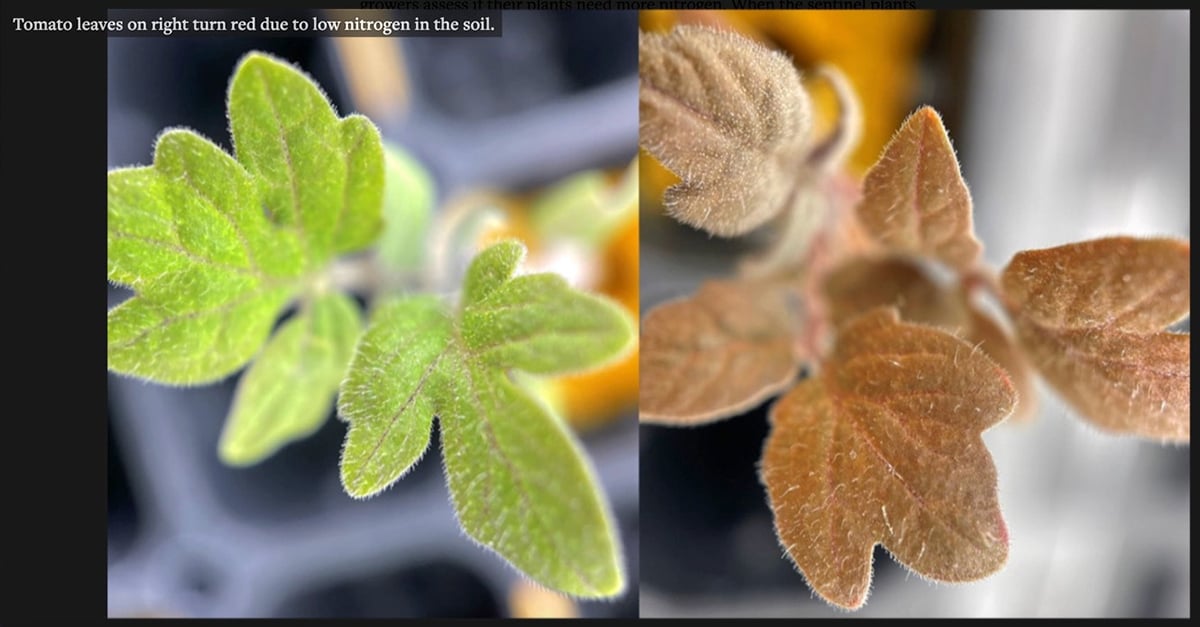DENVER, Colo. – When chronic wasting disease was diagnosed in American elk and deer this winter, the spectre of mad cow disease loomed close by.
Chronic wasting disease is a transmissible spongiform encephalopathy that affects deer and elk.
It is also part of the same family of diseases responsible for fatal brain eating conditions like scrapie and bovine spongiform encephalopathy, also called mad cow disease.
Chronic wasting disease was recognized in Colorado about 30 years ago. There was little interest in it until recently, when some people questioned whether it could be spread to other species.
Read Also

American researchers design a tomato plant that talks
Two students at Cornell University have devised a faster way to detect if garden plants and agricultural crops have a sufficient supply of nitrogen.
“We don’t have very good tools to work with these diseases like we do bacterial or viral diseases,” said Frank Garry, of Colorado State University.
Brain tissue samples are the only way to accurately diagnose the condition.
Recent tests from Glasgow University compared BSE infected brain tissue to scrapie and CWD. Tests showed they are not the same diseases.
Researchers don’t know if infected deer coming in contact with range cattle could pass on the disease, said Garry at a committee on emerging animal diseases of the National Cattlemen’s Beef Association during its annual meeting Feb. 2-7.
Chronic wasting disease has been diagnosed in several elk in northern Colorado, southern Wyo-ming and South Dakota at the end of January.
Studies under way
In the last year there have been several studies on how these diseases are transmitted. One study in Iowa has injected infected elk tissue into cattle to see if CWD travels across the species barrier. A feeding program that includes feeding infected tissue from elk to cattle started recently at the University of Wyoming.
Researchers don’t know how long it takes for the disease to develop, said Garry.
There are already diligent steps undertaken in Canada and the United States to prevent the possibility of BSE happening here, said a government official.
There is a North American ban on feeding protein supplements from ruminants to ruminants to protect livestock.
Ounce of prevention
The Food and Drug Administration behaves as if the country does have a problem with this disease, said Michael Blackwell, deputy director of the agency’s veterinary health division.
“All we’re trying to do is prevent BSE from sneaking in,”said Blackwell. “The main issue here is keeping cattle from getting this disease and spreading it,” he told the committee.
If American cattle producers feed a non-prohibited animal protein they must maintain copies of invoices for feeds containing the protein for at least a year. They must also keep copies of feed labels from feeds containing animal proteins for one year.
People are expected to follow the regulations and government inspectors will check at random. Violators will receive a warning for the first offence and may be prevented from operating if they break the rules a second time.
“It is very stupid to bend the rules when you consider the stakes. This is serious,” he said.














